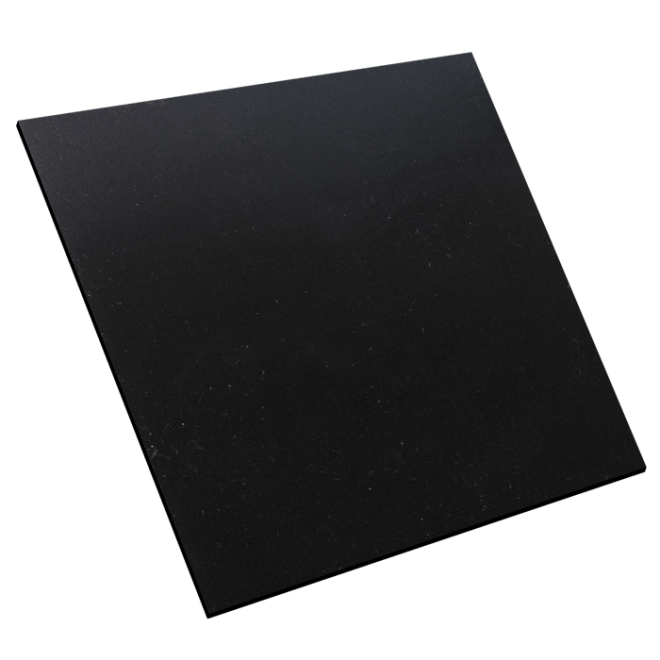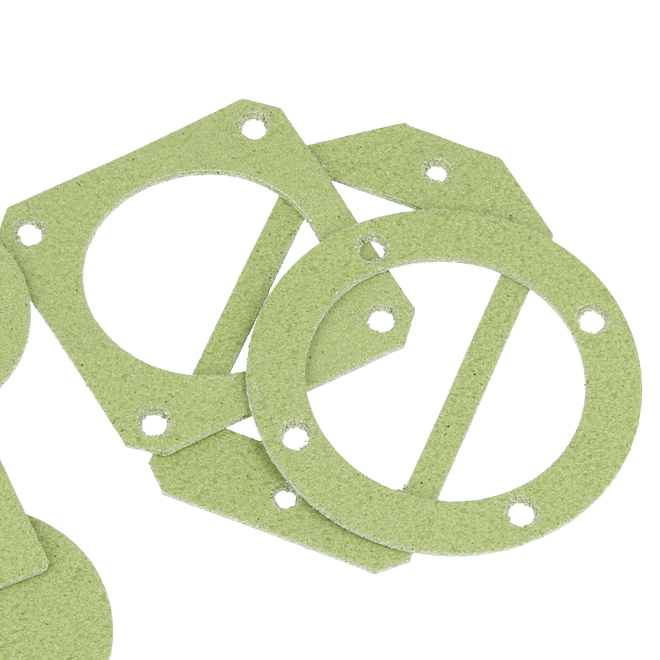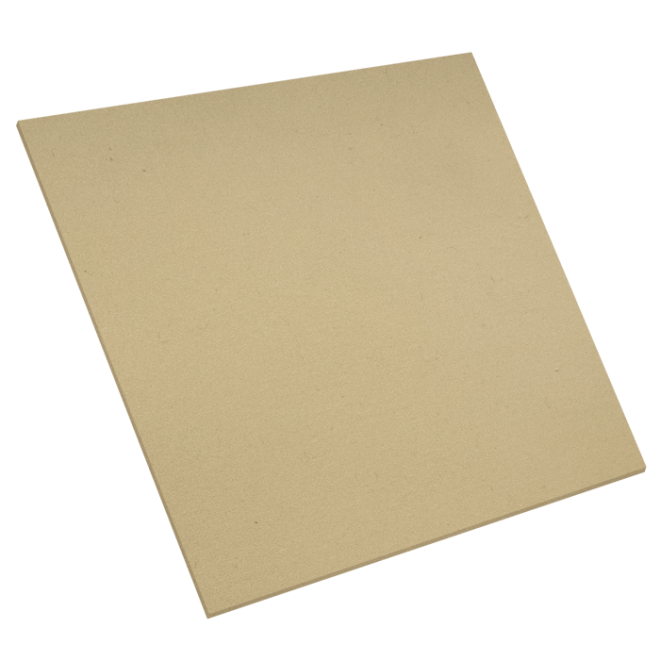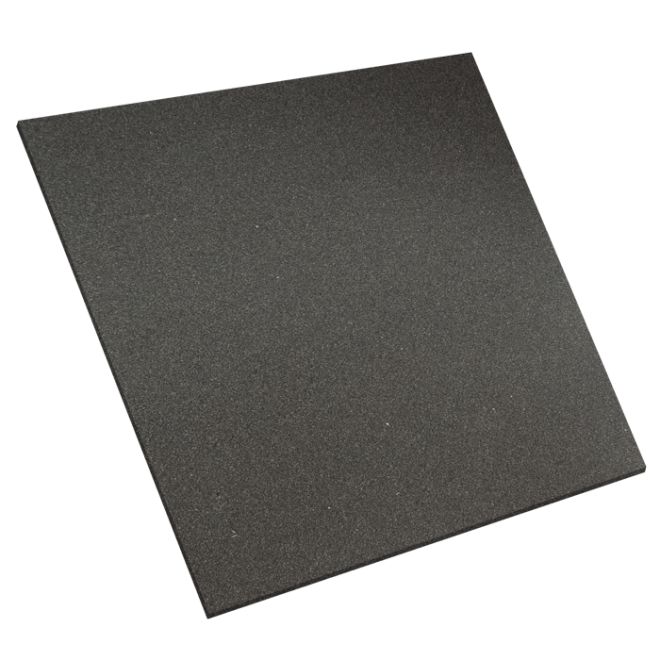- Contact Us
- |
- Jobs
- |
- About Us
- |
- |
-
- Personal information
- Organization
- Quotes
- Address book
- Login
- Don't have an account? Sign-up
Carbon filled conductive rubber sheet
- Home
- EMI tapes, EMC foils, conductive textiles & half conductive non-woven
- Semiconductive materials for ATEX, ESD & Sensors
- Carbon filled conductive rubber sheet
The rubber is made conductive by incorporating small conductive carbon particles throughout the material. It can provide an EMI-proof and watertight seal in narrow constructions.
5755S Electrically conductive carbon filled rubbers are typically used for ESD and EMI shielding applications.
Due to its quite excellent conductivity, grounding and EMI shielding effect, it is well suited for ESD application in electronics equipment. The rubber can be manufactured in various shapes such as sheets, molded parts, die-cut, strips, o-rings, etc.
Electrically conductive rubbers are typically used for EMI applications. But they are also useful for EMP protection, wave-guide applications and against static electricity.
Commercial EMI applications often choose Graphite conductive rubber (Part number 5755S). In military or aerospace, fluorosilicone versions may also be used due to their chemical and fuel resistance.
As the material shields high frequencies, electrically conductive rubber shows a shielding effect of 60 dB at 30MHz ~ 10GHz. Due to its excellent conductivity, grounding and EMI shielding effect, it is well suited for military communications equipment. The rubber can be manufactured in various shapes such as sheets, molded parts, die-cut, strips, o-rings, etc.
Technical properties
| Part number | 5755S Graphite |
|---|---|
| Filler | Graphite |
| Base polymer | Silicone |
| Width (mm) | 430 x 430 |
| Elongation, %, min. | 50 |
| Flame resistance, UL94 (horizontal) | HB |
| Flame resistance, UL94 (vertical) | V-0 |
| Volume resistance, ohms/cm (expression of conductivity) |
1.8 |
| Operating temp. | +160 |
| Range (°C) | -50 |
| Colour | Black |
| Shore Hardness (A +/-5) ASTM D2240 | 60 |
| Volume Resistivity (ohms) ASTM D991 | 2.2 |
| Shore A (1 mm thickness) | 71 |
| Shore A (2 mm thickness) | 75 |
| Tensile strength. psi, min. | 50 |
Benefits
- Excellent conductivity on the entire surface
- Excellent electromagnetic shielding effect
- Easy die-cutting, kiss-cutting and slitting
- Temperature ranges of -60 to +185 ºC (under certain circumstances, tolerance can be up to 220 ºC)
- Available up to 10 mm thick rubber
Available thickness
| Graphite conductive rubber (black) 5755S |
|
|---|---|
| Thickness (mm) | 1, 2, 3, 4, 5, 10 mm |
| Part number | 5755-S |
Electrically conductive rubber
is available as
- Rubber profiles
- Molded parts
- Die-cut or flash cut
Special materials (on request)
These conductive rubber sheets are also available in special materials for special applications for example applications with chemicals. Below is a list of special materials. For availability and delivery please contact us.
- Silicone Carbon
- Fluorosilicone Nickel Graphite
- Silicone Nickel Graphite Flame Retardant
- Silicone Silver Aluminium
- Fluorosilicone Silver Aluminium
- Fluorosilicone Nickel
- Silver Plated Nickel
- Silvered Glass
- EPDM (thickness 1 mm)
- Silver copper silicone conductive rubber
Shielding performance
Please note : These values are measured under laboratory conditions. Results may vary in other situations; please read our Guarantee.

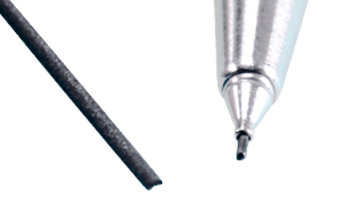
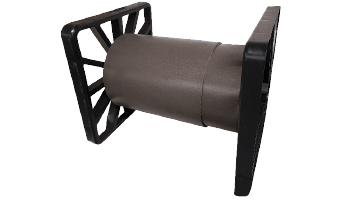
Conductive adhesive information (Conductive PSA)
| Property | Unit | Outcome | Test method |
|---|---|---|---|
| Surface resistance | Ω/sq | <0.10 | MIL-DTL-83528C |
| Adhesive strength | G/25mm | 850 | ASTM D 3330 |
| Conductive PSA | - | Acrylic + Ni | - |
| Liner | - | Paper, Film | - |
| Please note: Conductive adhesive is optional. By default, these Conductive rubber gaskets are supplied without adhesive. | |||
What questions need to be answered to select the right material?
- What is the approximate shielding effectiveness you need to achieve for your application?
- What environment will this material be exposed to? Does the rubber need to be solvent or fuel resistant (fluorosilicone)?
- Are you looking for a semi-conductive/static dissipating material or is this a true EMI/RFI shielding application?
